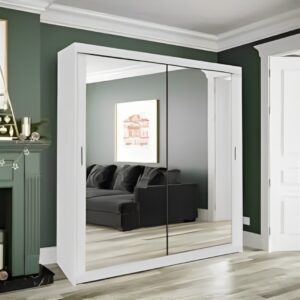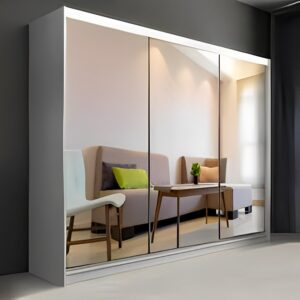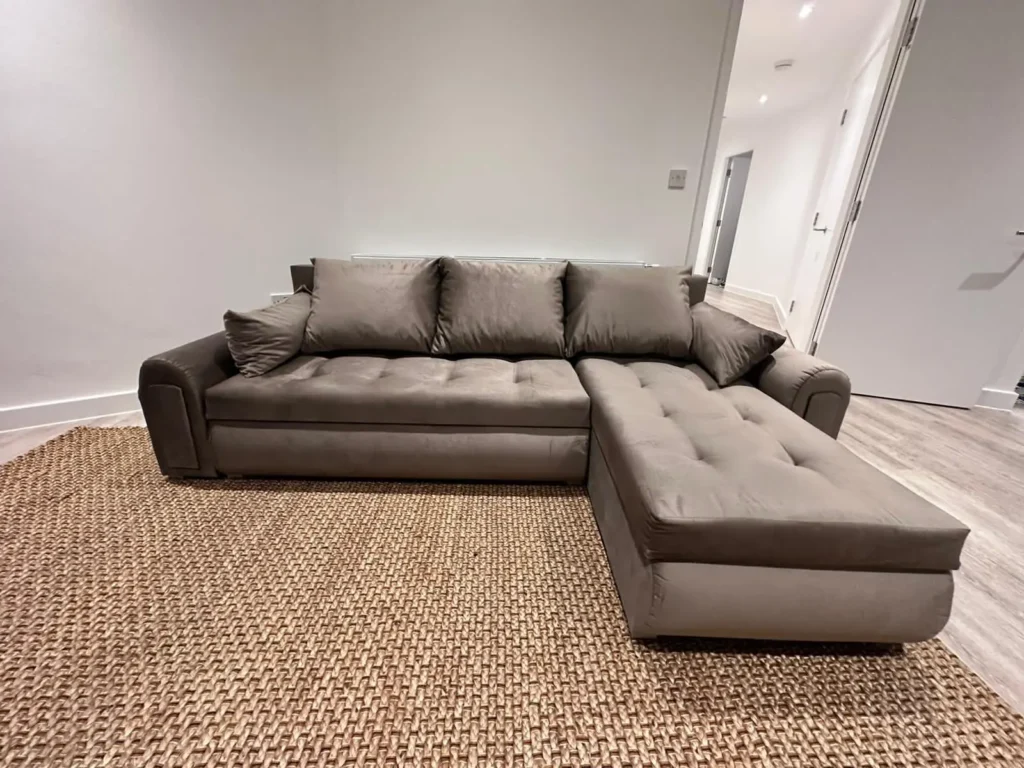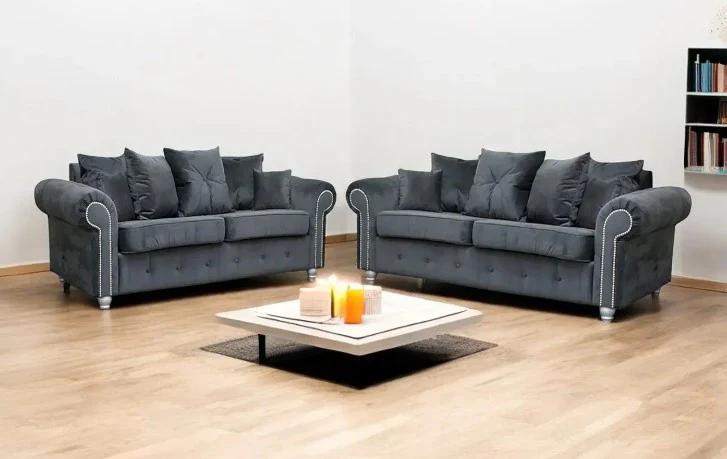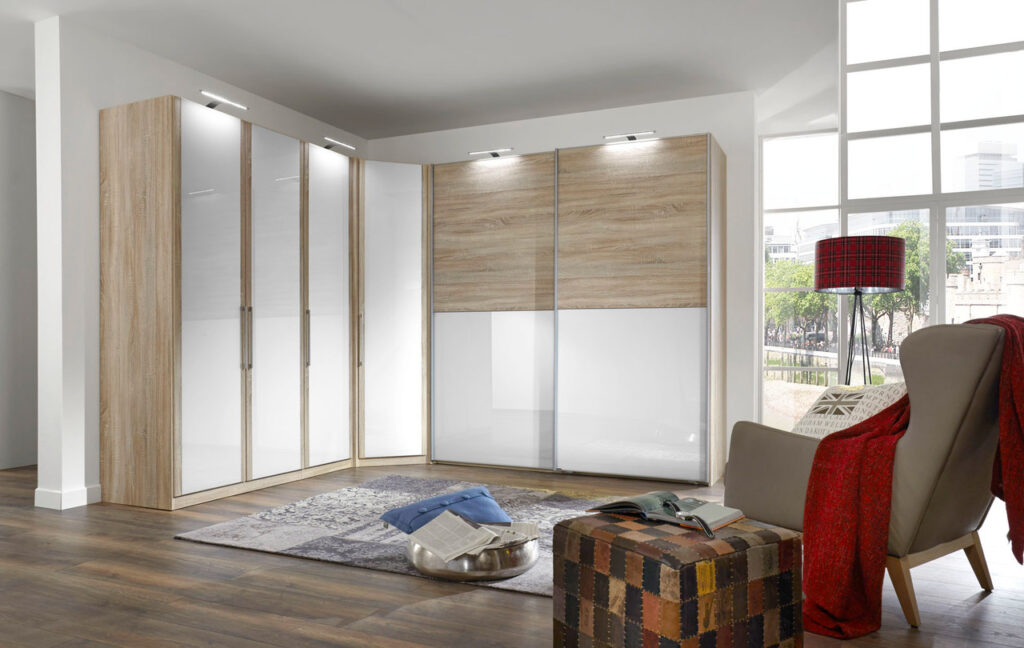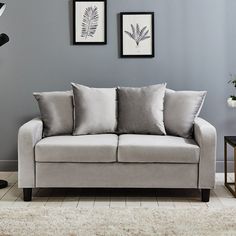Introduction
Building a Berlin wardrobe is an exciting project that blends functionality, style, and the unique urban aesthetic of Berlin. This guide will take you through each step, from planning and design to assembly and customization, ensuring you create a wardrobe that perfectly fits your storage needs and reflects the contemporary style of Berlin.
Planning Your Berlin Wardrobe
Assess Your Space
The first step in building your Berlin wardrobe is to assess the available space:
- Measure the Area: Accurately measure the height, width, and depth of the space where you plan to install the wardrobe. Take note of any architectural features like windows, doors, and electrical outlets that might impact placement.
- Consider Room Layout: Ensure the wardrobe placement allows easy access and doesn’t obstruct movement within the room.
Define Your Storage Needs
Understanding your storage needs will help you design a functional wardrobe:
- Clothing Storage: Consider how much hanging space you need for shirts, dresses, and jackets.
- Shoe Storage: Decide if you need shelves or drawers specifically for shoes.
- Accessories: Think about compartments for ties, belts, jewelry, and other accessories.
- Specialized Storage: Identify if you need drawers for folded clothes, pull-out trays for easy access, or dedicated sections for seasonal clothing.
Choose a Berlin Wardrobe Style
Select a wardrobe style that complements the Berlin aesthetic:
- Minimalist Design: Berlin design often features clean lines, neutral colors, and minimal ornamentation.
- Industrial Look: Incorporate elements like metal frames, exposed hardware, and rustic wood to reflect Berlin’s industrial vibe.
- Contemporary Style: Use sleek finishes, modern materials, and integrated lighting for a sophisticated look.
Designing Your Wardrobe
Create a Blueprint
A detailed blueprint is essential for a smooth building process:
- Sketch the Layout: Draw a rough sketch of the wardrobe’s layout, including the placement of shelves, drawers, and hanging rods.
- Dimension Details: Note the exact dimensions of each component to ensure a precise fit.
- Material List: Compile a list of all materials needed, including wood, metal, screws, nails, and finishing elements.
Select Materials
Choosing the right materials is crucial for durability and aesthetics:
- Wood Options: Consider using plywood for an economical choice or opt for solid wood like oak or walnut for a more luxurious feel.
- Metal Elements: Use steel or aluminum for frames and supports to add an industrial touch.
- Finishes: Select finishes that complement your room’s decor. Matte finishes give a modern look, while distressed finishes add character.
Incorporate Functional Features
Think about functional features that enhance usability:
- Sliding Doors: Space-saving sliding doors are a practical choice for small rooms.
- Integrated Lighting: LED lights can be integrated into shelves and hanging areas to improve visibility.
- Mirrors: Adding mirrors to the doors or inside the wardrobe can make the space look larger and more functional.
Building Your Wardrobe
Gather Tools and Materials
Ensure you have all the necessary tools and materials before starting:
- Tools Needed: You’ll need a tape measure, saw, drill, screwdriver, hammer, level, and clamps.
- Materials: Ensure you have wood panels, metal frames, screws, nails, brackets, hinges, and any finishing materials.
Cut and Prepare Components
Prepare all the components according to your blueprint:
- Cut Wood Panels: Cut the wood panels to the required dimensions for the back, sides, top, bottom, and shelves.
- Drill Holes: Pre-drill holes for screws to prevent the wood from splitting.
- Sand Edges: Sand the edges of the wood panels to ensure a smooth finish.
Assemble the Frame
Start by assembling the main frame of the wardrobe:
- Attach Side Panels: Secure the side panels to the bottom panel using screws and brackets.
- Install the Top Panel: Attach the top panel, ensuring it is level and square.
- Add Back Panel: Secure the back panel to provide stability.
Install Internal Components
Add shelves, drawers, and hanging rods to complete the interior:
- Shelves and Dividers: Install shelves and dividers according to your blueprint, securing them with brackets and screws.
- Drawers: Assemble and install drawers, ensuring they slide smoothly.
- Hanging Rods: Attach hanging rods at the desired heights for shirts, dresses, and jackets.
Attach Doors and Finishing Touches
Finish the wardrobe by attaching doors and adding final touches:
- Doors: Install the doors using hinges or sliding mechanisms. Ensure they open and close smoothly.
- Handles and Knobs: Attach handles or knobs to the doors for easy access.
- Finishing: Apply the chosen finish to the wood panels. Add any decorative elements to enhance the aesthetic.
Customizing Your Berlin Wardrobe
Add Personal Touches
Make the wardrobe uniquely yours with these customization ideas:
- Color Scheme: Paint or stain the wardrobe in a color that matches your room’s decor.
- Decorative Elements: Add decorative hardware, decals, or stencils for a personalized look.
- Lighting: Install LED strips or puck lights inside the wardrobe for a modern touch.
Enhance Functionality of Berlin Wardrobe
Improve the wardrobe’s functionality with these additions:
- Pull-out Trays: Add pull-out trays for easy access to shoes and accessories.
- Organizers: Use drawer organizers and dividers to keep items neatly arranged.
- Hooks and Racks: Install hooks or racks on the inside of doors for belts, scarves, and bags.
Conclusion
Building a Berlin wardrobe is a rewarding project that combines practicality with stylish design. By carefully planning, selecting quality materials, and paying attention to detail, you can create a wardrobe that not only meets your storage needs but also enhances the aesthetic of your room. Whether you prefer a minimalist, industrial, or contemporary style, your Berlin wardrobe will be a functional and attractive addition to your home.

